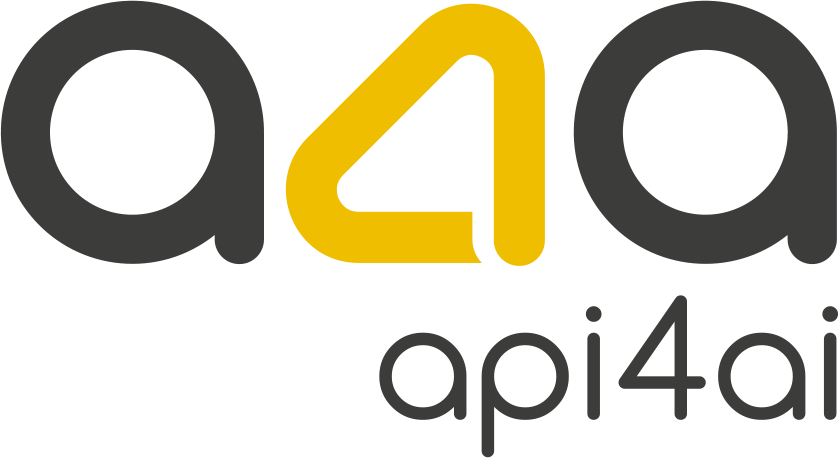
POST a File via HTTP Request | The Ultimate Guide
This blog post aims to provide a comprehensive guide on how to POST a file via an HTTP request across a range of popular programming languages and frameworks. We'll cover practical implementations using:
Command line using bash/curl or PowerShell/curl.exe
Python with the Requests or AIOHTTP libraries
C# using RestSharp
JavaScript with Axios, Fetch, or jQuery
PHP using curl
Swift with URLSession

AIOHTTP vs Requests: Comparing Python HTTP Libraries
Through this comparison, we aim to provide an understanding of AIOHTTP and Requests, guiding Python developers in choosing the most suitable library for their specific needs and project requirements. Whether you're building a high-performance web server, a simple data fetching script, or anything in between, knowing the capabilities and limitations of these libraries is a key step in your development journey.

Best Practice: Implementing Retry Logic in HTTP API Clients
In this blog post, we will dive deep into the best practices for implementing retry logic in HTTP API clients. We’ll explore the nuances of designing an effective retry strategy, the technical considerations for implementation, and the common pitfalls to avoid. Whether you are a seasoned developer or just starting, this guide will provide you with the knowledge and tools to enhance the reliability of your HTTP communications, making your applications more resilient in the face of the unpredictable nature of network communication.

Thinking About Content Moderation: The Problem of Interpretation
In the digital landscape, the interpretation of NSFW (Not Safe For Work) content presents a unique challenge due to its subjective nature. For example, an image of a woman in a bikini may be acceptable in some contexts but not in others. To address this, we've introduced a 'strictness' query parameter in our NSFW API. This feature allows businesses to adjust the level of content moderation to suit their specific needs. By default, the algorithm is set to maximum strictness, but it can be tailored to be less strict, providing a flexible solution to the diverse challenges of digital content moderation.
